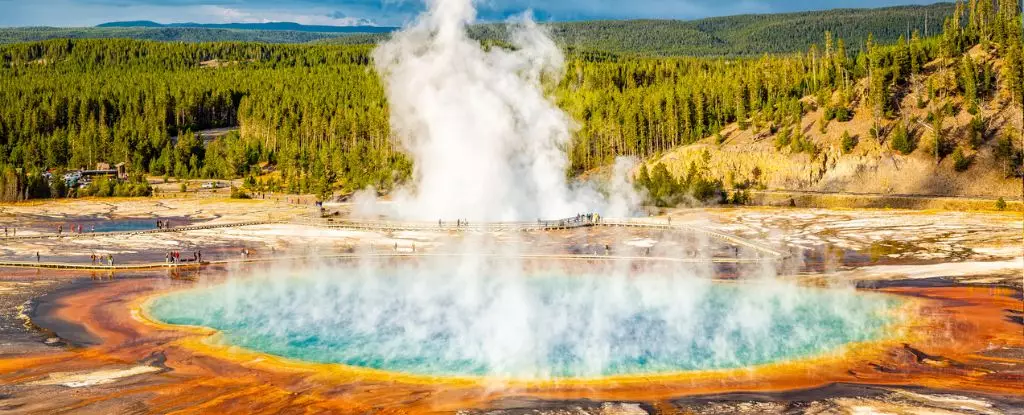It has been almost a hundred years since scientists first identified single-celled organisms capable of releasing methane into the environment. These tiny relatives of bacteria can be found in various extreme environments, such as under thick layers of ice, in the scorching sands of deserts, near hydrothermal vents in the deep sea, and within landfills and wastewater. All of these methane-producing organisms have traditionally been grouped under the superphylum Euryarchaeota within the Archaea kingdom. However, recent discoveries suggest that there might be more to this story.
Around a decade ago, researchers working near oil fields and hot springs stumbled upon DNA samples from unknown microorganisms that hinted at their ability to produce methane. Unlike the previously known methanogens belonging to Euryarchaeota, these newly identified microbes belonged to a different branch known as Thermoproteota. Despite having only their DNA as a reference, scientists from both China and the US successfully cultivated these mysterious microorganisms in laboratory settings, confirming their methane-generating capabilities.
Among the newly discovered methane-producing prokaryotes were two species found in the hot springs of Yellowstone National Park in the US. These organisms, belonging to the archaeal groups Methanomethylicia and Methanodesulfokora, respectively, thrived in oxygen-deprived conditions by converting methanol into methane. Meanwhile, researchers in China unearthed a Methanosuratincolia species in an oil field, demonstrating a close link between its energy metabolism and methane production. These findings challenge the traditional notion that all methanogens belong to the Euryarchaeota superphylum.
Methanogens are essential for the production of methane on Earth, with their contribution surpassing that of volcanic activities. Given the global distribution of these methane producers, scientists believe they play a pivotal role in the planet’s methane emissions and carbon cycle. Despite their significance, much remains unknown about these microorganisms. Questions linger regarding when and why these microbes produce methane and whether their methane-producing abilities are exclusive to extreme environments.
The discovery of new methane-producing microorganisms outside the traditional Euryarchaeota superphylum represents a significant advancement in our understanding of methanogens. As researchers continue to unravel the mysteries surrounding these microbes, the implications for Earth’s ecosystem and climate are becoming increasingly apparent. This newfound diversity among methane producers underscores the complexity of microbial life and highlights the importance of ongoing research in this field.


Leave a Reply